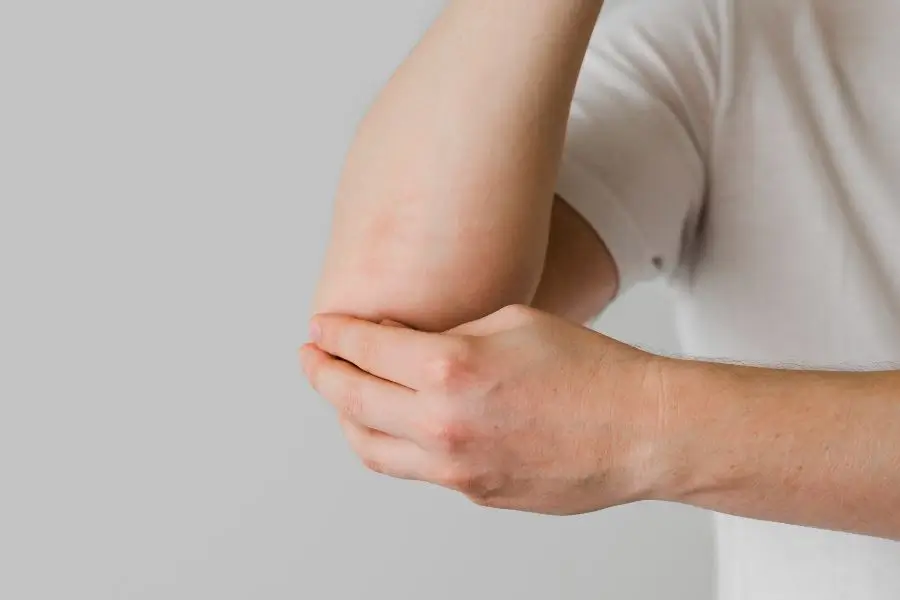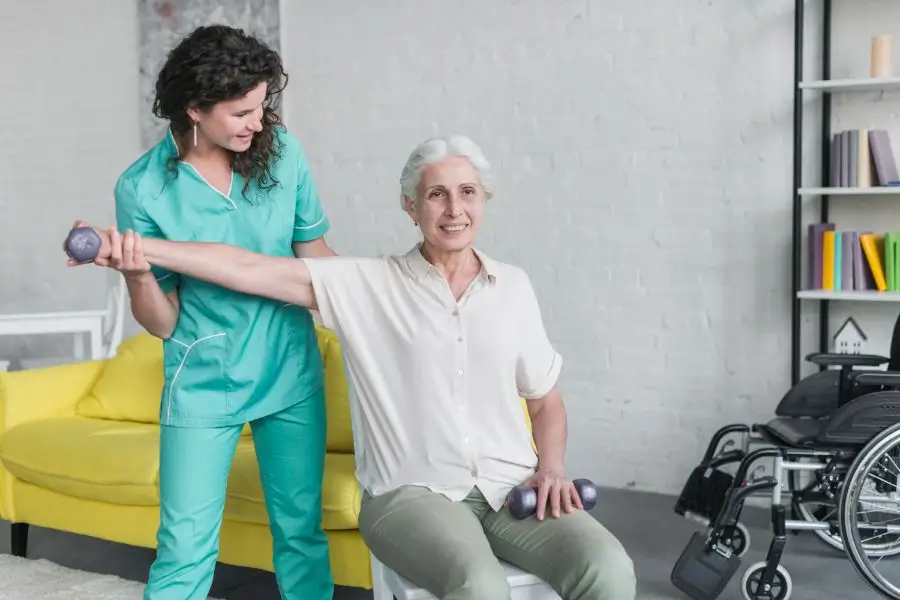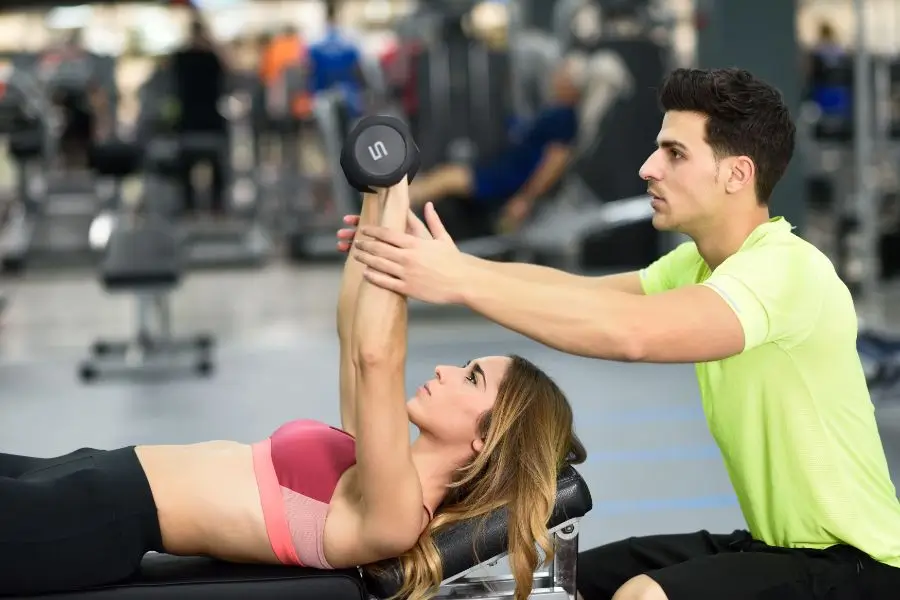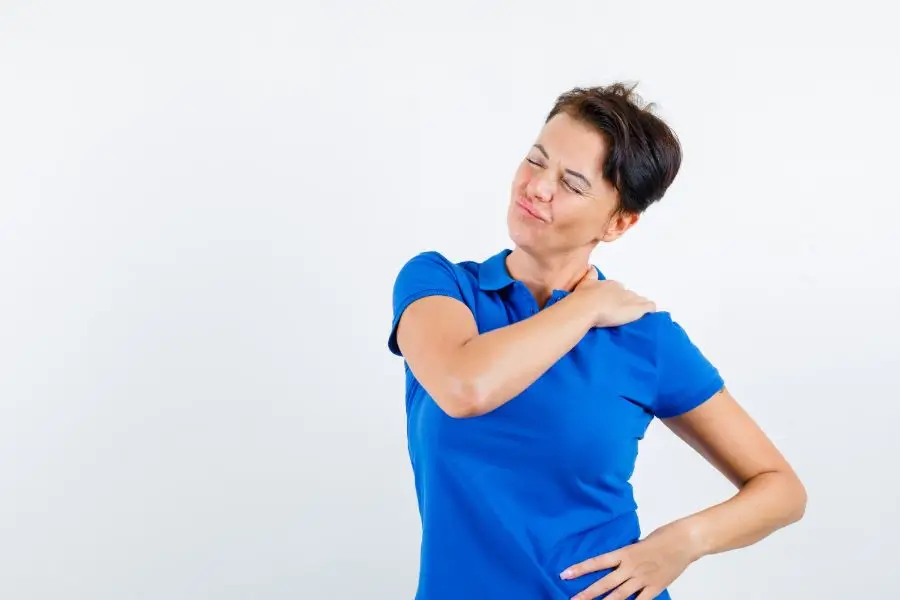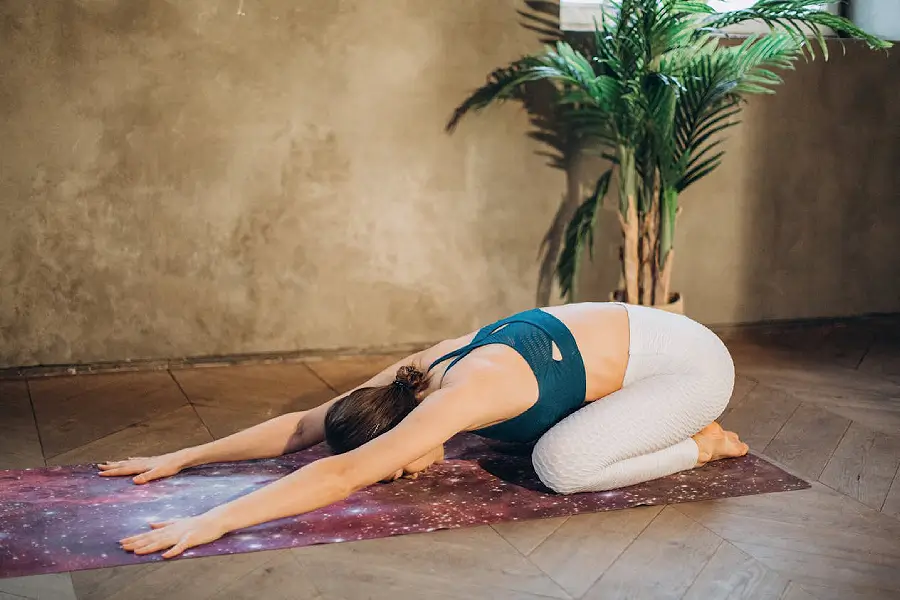Understanding Tennis Elbow: Causes, Symptoms, and Treatment
Most people know someone who has been diagnosed with or has had tennis elbow in the past as it affects up to 3% of the population. But what is tennis elbow specifically?
The name tennis elbow was given because it is pain around the elbow, and common with racquet sports due to the gripping nature and fast, repetitive movements of the wrist and elbow. The proper terminology for tennis elbow is ‘lateral epicondylalgia’…..doesn’t quite roll off the tongue like tennis elbow though does it. For the sake of this post, we shall refer to lateral epicondylalgia as tennis elbow for reading’s sake.
The tennis elbow is classically an overload to the extensor muscles of the forearm, with these muscles attaching just below the lateral epicondyle (hence epicondylalgia) of the elbow. This is the bump on the outside of the elbow. An overload to a tendon is called tendinopathy, and major tendons of the body are subject to this overload when we have a sudden spike in volume of the load that is going through that tendon.
These tendinopathies are frustrating for a lot of people and for the most part, aren’t an overnight fix.
The most common muscle implicated in the tennis elbow is the extensor carpi radialis brevis (ECRB). This muscle attaches and controls our middle finger along with some other muscles.
The extensor muscles of the forearm control the wrist and fingers into extension (opening up all the fingers), and when a fist is made, they contract to stabilize the wrist (or to make a power grip). This is why tennis elbow is common in things such as racquet sports, jobs involving lots of repetitive typing, musicians, or anything that has a lot of repetitive gripping or finger/wrist movements….not just tennis players.
Now it may seem odd but these conditions arise from an overload of activity, but they need activity/strengthening of the right kind to settle down and prevent further recurrence.
Treatment in the initial stages involves modification of provocative positions, some desensitizing muscle contractions until the painful area stops hurting so much, then progressing to the strengthening of all the upper limb kinetic chain. Research has shown cortisone injections can have a small effect in the short term in reducing the pain, however, it weakens the tendon and can actually increase the rate of recurrence. This research has shown time and time again that strengthening and loading is key to curing your tennis elbow. There are of course many different methods of treatment that respond differently between people to help reduce your pain.
If you are struggling with getting your tennis elbow better, or need a point in the right direction, see your local physiotherapist or give us a call.
References-
- https://www.ncbi.nlm.nih.gov/pmc/articles/PMC3217754/
- Bisset, L., Beller, E., Jull, G., Brooks, P., Darnell, R., & Vicenzino, B. (2006). Mobilisation with movement and exercise, corticosteroid injection, or wait and see for tennis elbow: randomised trial. Bmj, 333(7575), 939.
- Bisset, L., Smidt, N., Van der Windt, D. A., Bouter, L. M., Jull, G., Brooks, P., & Vicenzino, B. (2007). Conservative treatments for tennis elbow—do subgroups of patients respond differently?. Rheumatology, 46(10), 1601-1605.
- https://www.ncbi.nlm.nih.gov/pmc/articles/PMC2465303/
